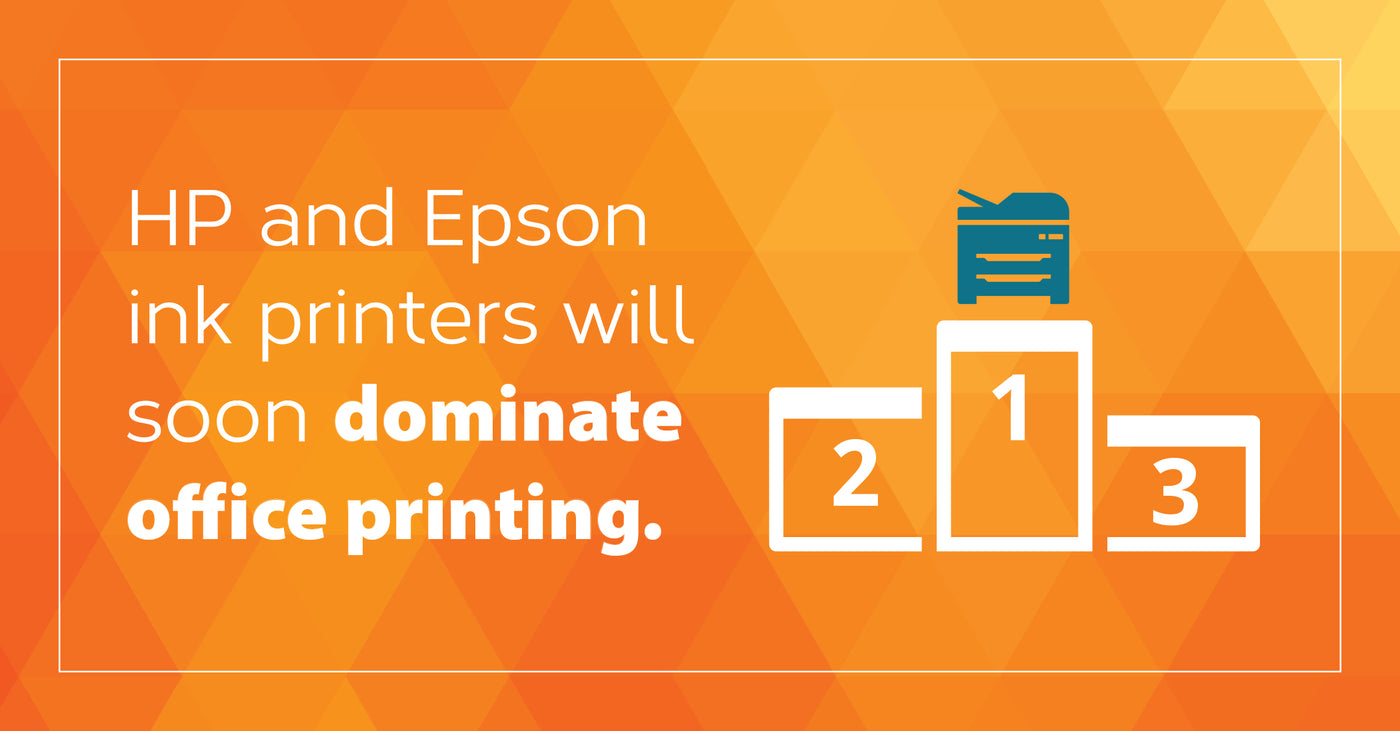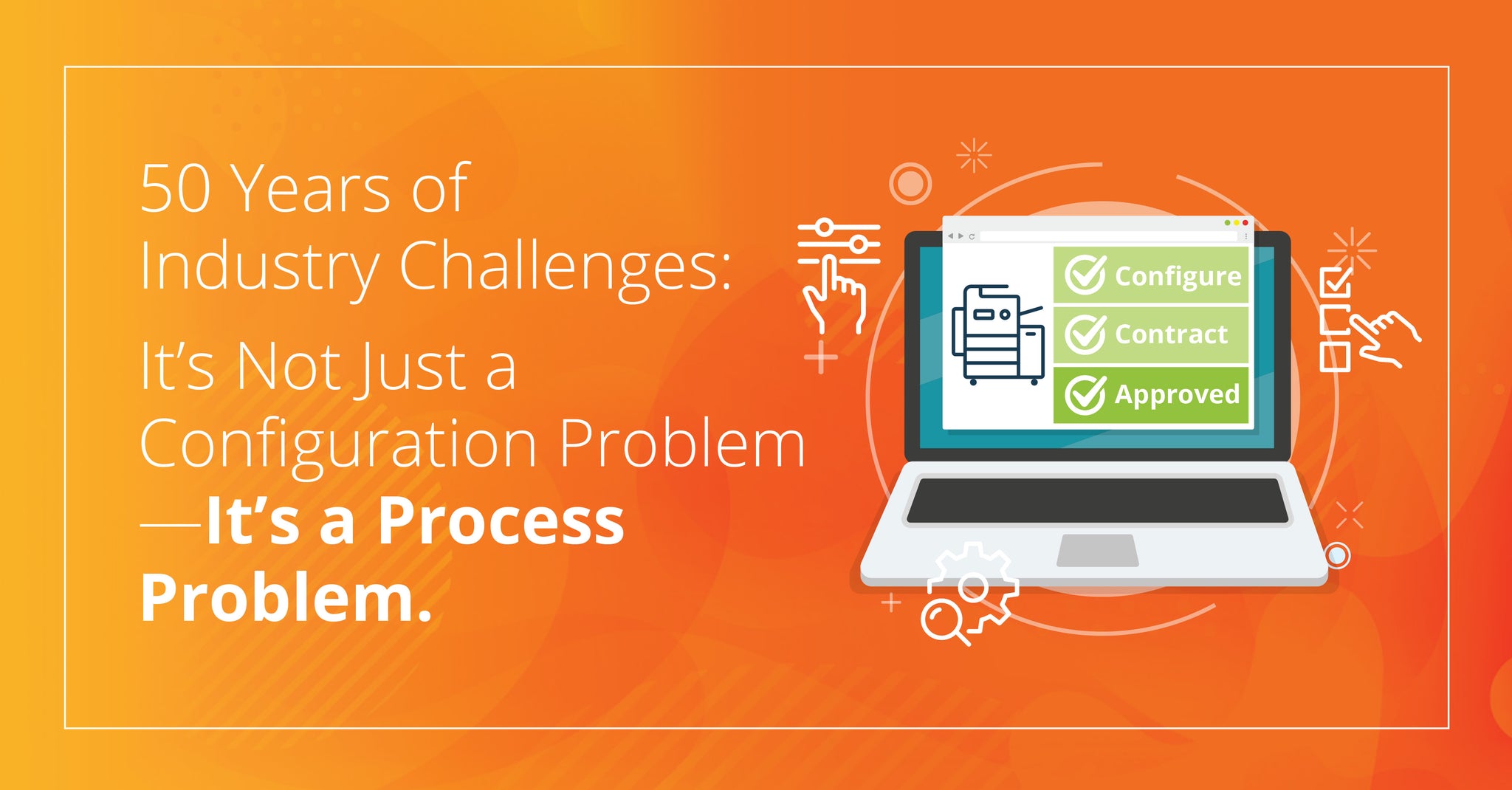
In 1993, I remanufactured a toner cartridge. It was standard practice to have new employees take apart an HP cartridge by pulling its pins and taking off the cover. The drum, corona wire, and toner hopper all fell apart, but it was a great lesson into how the laser technology worked. A simple electromagnetic process of negative and positive charges that made toner jump onto a page. Then it was baked on. In the ensuing 25 years, little has changed in that process. It has enhanced, optimized, and improved, but the printout you collect from a laser printer or MFP, is based on this same sixty-year-old technology. Ink technology is very different. It’s better; it will replace laser. It’s inevitable. Here’s why and here’s what it should mean to your business.
Ink Technology is Superior and Costs Less
Ink printers have made tremendous advancements in the last decade. The focus has been on the printhead and the ink itself. Early ink printheads moved like a typewriter across the page, but now the printhead is stationary and the paper moves. As the ink formulation improved, the nozzles (jets that shoot out ink,) also vastly improved. Ink absorbs much less on paper today and it dries instantly on the paper. The result is: faster and more vibrant pages—much higher quality than can be achieved in most laser-based devices. Think about the componentry of laser printing—many more moving parts that break and degrade over time. More parts, means increased cost. Compare the two SKUs here, an ink cartridge for an HP 577 PageWide, and a laser cartridge for an M681F.

The laser cartridge weighs 3 pounds. The ink cartridge weighs 1 pound. Think shipping, manufacturing warehousing…how can laser compete? The devices themselves are also much heavier. Remember that weight = stuff. If you put less stuff in the products, the costs are usually much less as well.

Many OEMs have a bias toward laser and unfairly “diss” ink-based printers. Most OEMs have dabbled in ink over the years, but in many cases, it has been halfhearted. Companies like Canon and Ricoh, positioned ink as a consumer product and not ready for the office. HP and Epson have emerged with hardware that is ready to challenge the dominance of laser. I often hear from dealers that “customers prefer laser…” I challenge that. It is likely not based on comparisons of ink printers of today. The quality, speed, and price have all made monumental strides.
Built for a Serviceless World
Field service will never become extinct, but it will end up on the endangered species list. Engineering design is recognizing this and devices are built for a planned obsolesce model of 3-5 years. That, coupled with easy setup and configuration, shipability (yes, I made that word up,) and a lower price point that make online sales possible, are the new design criteria. Just because the vendors you prefer are slow to make these changes, is not reason enough to reject their importance. Industries change, but not all vendors will participate in the new paradigm. If you told me 5 years ago Epson would become a major player in office print, I would have laughed. If you told me an HP ink MFP would cost $1000, print 70 PPM, and cost less than 3 cents for a color page, I’d have laughed. And yet, here we are.
Beyond the Page – The Printhead
LIVE FROM DRUPA with XYZ from Memjet on Vimeo.
Laser printing has a lot of limitations. The primary issue is that it’s built to print on flat surfaces and paper. Printheads can be moved outside the printer, and inks can be sprayed onto any number of surfaces. Office printing may not be a growth industry, but printing on packaging and products is moving into smaller businesses, and it’s exploding.
Ink printing will eventually become the dominant office printing technology. Just as VHS gave way to LaserDiscs, to Blu-ray, to eventually online streaming, fighting the emergence of new technology might put you on the wrong side of change. I will leave you with a video that is a fun take on how betting on the wrong technology has serious consequences.


